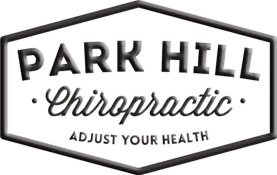Upper Cross syndrome is characterized by neck pain, headaches and upper back pain. These can be separate from on another or more often all together. Upper cross syndrome is a common postural distortion that includes 1. forward rolled shoulders 2. anterior head carriage 3. weak deep neck flexors 4. week scapular re-tractors stabilizers.
This posture is seen more and more these days with children starting on devices sooner and sooner. As with modern day work, whether it be school or occupation, everything we do is in front of us and on a screen. This causes the pec muscles in the chest to start and tightnen up and thus rolls the shoulders forward. When the shoulders start to roll forward our muscles that pull the shoulder back into a neutral position aren't strong enough to hold the shoulder blade in neutral because most people are sedentary or don't actively train these muscles.
Anterior head carriage is when the head starts to move forward, this increases the amount of pressure on the neck due to a lengthened lever. As the lever length increases the joints that support the weight of the head have to hold more and more weight. It is estimated that every 5 degrees forward the head goes the neck has to hold nearly 5 more pounds. So the further the head goes forward the faster the neck will degenerate and cause issues with pain and arthritis.
To counter act the anterior head we need to train the deep neck flexor muscles. Theses are the muscles that hold the head upright and tuck the chin. We train the muscles by getting in a quadruped position and letting the head and neck fall to the floor with gravity and the tuck the chin and retract the head towards the ceiling, keeping the face flat with the floor throughout the movement.
To counteract the anterior rolled shoulders we nee to train the scapular retractors( think pulling your shoulder blades down, back and together). We do this through resistance band training and resistance training. The best movement you can do with equipment is a row. When you perform the row we have to make sure you are protracting (letting the shoulder blade slide out onto the ribs ie. over reaching) and retracting the shoulder blade (pulling shoulder blade down back and together). When you incorporate the scapular protraction and retraction into the row you are training the muscle that hold and stabilize the shoulder blade in place.
As you start to train the muscle to counteract the tight muscles you need to be stretching the tight muscles (pecs and posterior neck). For your pecs through a hand on a wall and rotate away from it or do a door frame stretch. To stretch the neck actively do neck rolls throughout the day.
If your having trouble with neck pain, mid back pain, headaches or posture please come see Dr. Elliott at Park Hill Chiropractic located near TCU and the Hospital district in Fort Worth.
